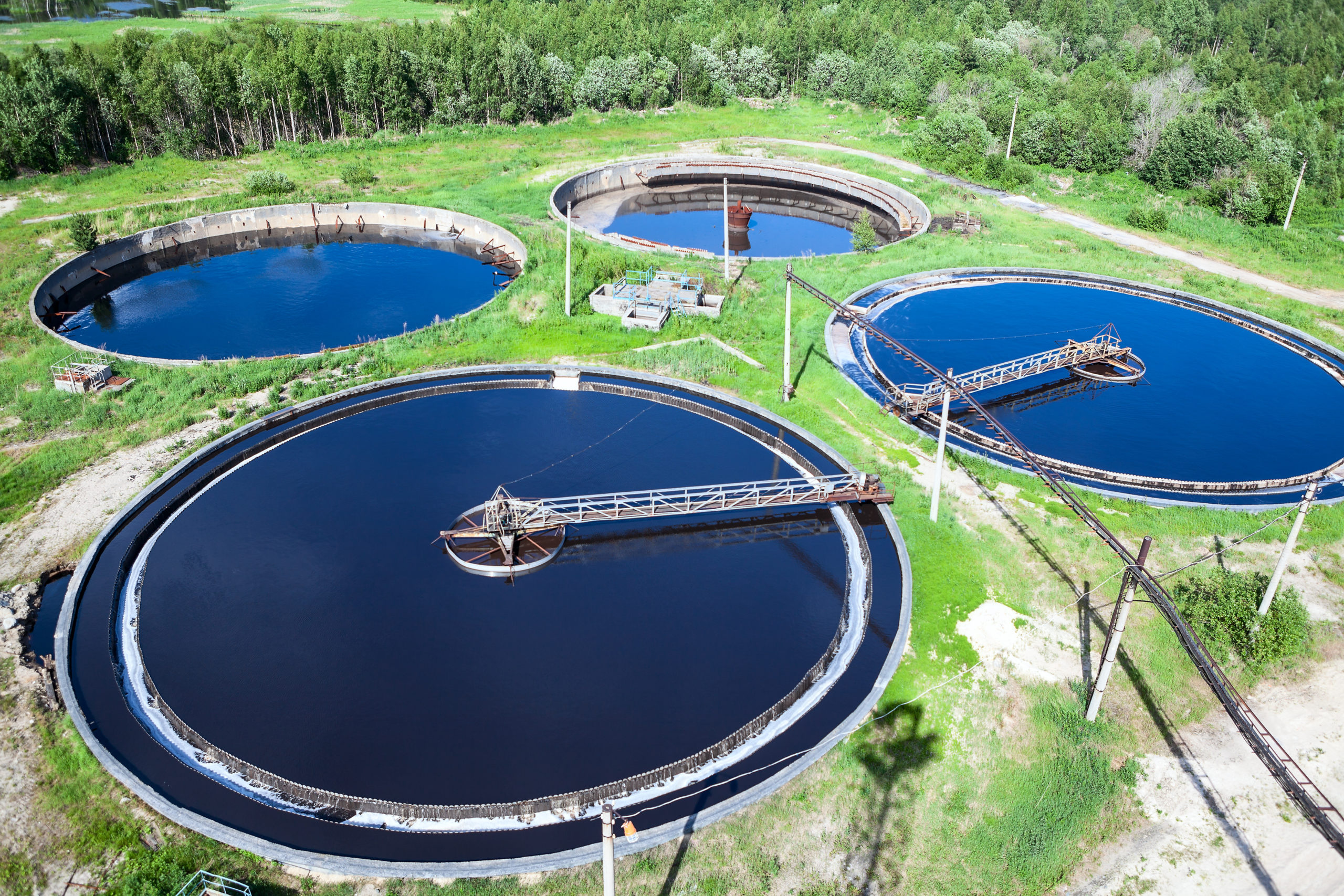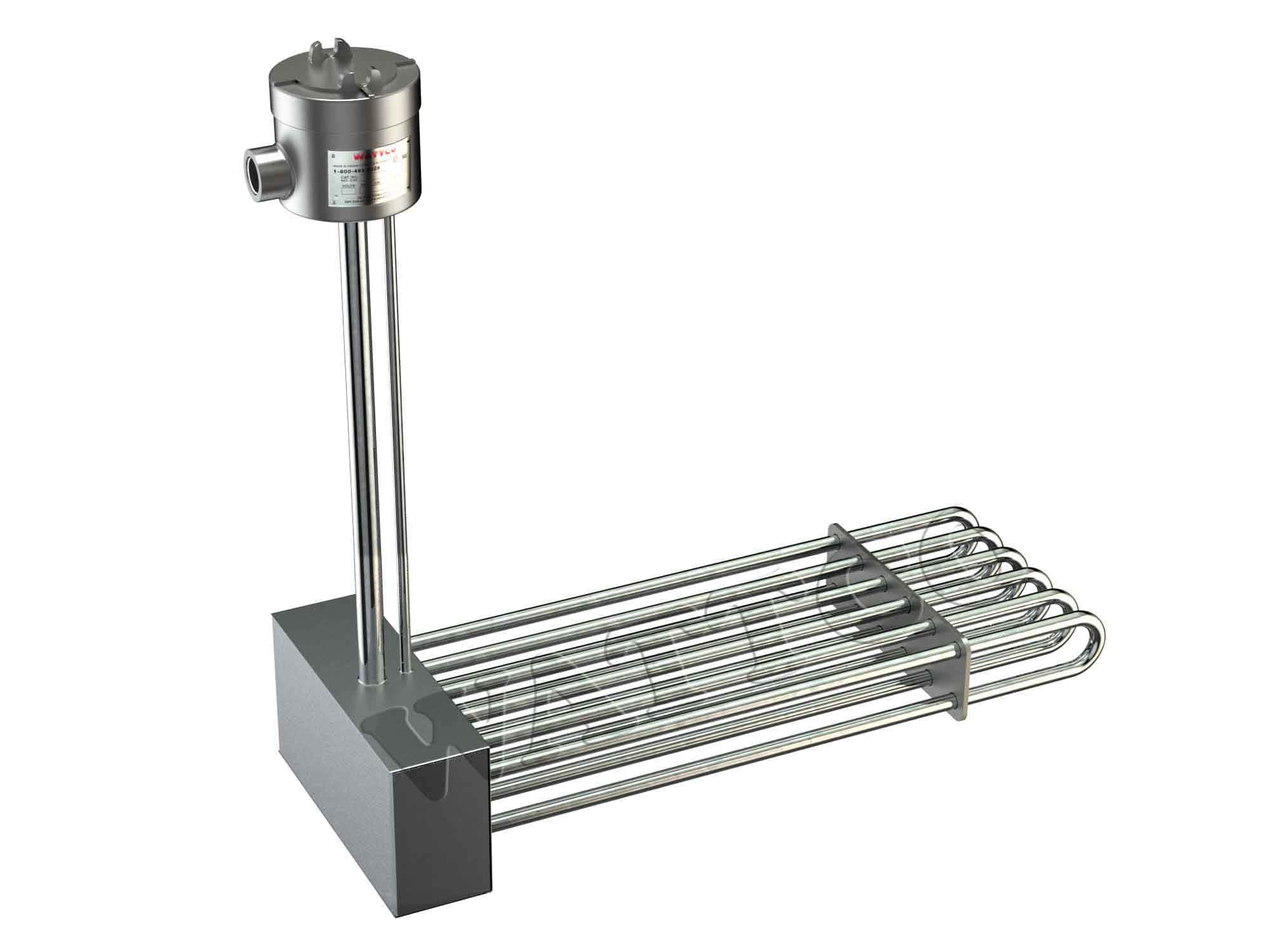Application of Immersion Heaters in Water Treatment
Last updated on April 14th, 2021 at 04:08 pm
 Immersion heaters are a quick and efficient mode of heat transfer. They require much less space and maintenance than other methods of heating. They can either be inserted directly into the vessel where the liquid is being heated or as part of a secondary circuit where heated liquid first passes through a heat exchanger to heat the liquid in the other vessel.
Immersion heaters are a quick and efficient mode of heat transfer. They require much less space and maintenance than other methods of heating. They can either be inserted directly into the vessel where the liquid is being heated or as part of a secondary circuit where heated liquid first passes through a heat exchanger to heat the liquid in the other vessel.
The benefits of immersion heaters make them a mainstay of industrial and household applications. One such application is wastewater treatment. In this application, water must maintain a specific temperature to achieve process targets.
Like many other industrial processes, wastewater treatment relies on the precise control of temperature to achieve the production targets. Immersion heaters provide that precise control of temperature.
Immersion heaters-A key partner in water treatment for Fracking
Flow assurance, maintaining the quality and consistency of water is a key challenge in wastewater treatment for the fracking industry. Usually, the non-potable water for fracking requires filtration to remove sand particles, chemical treatment to kill bacteria, and heating for freeze prevention in the flow lines.
Heating also helps to kill the bacteria which is key to maintain the consistency of fracking water. Without treatment, bacteria migration from other reservoirs can create serious issues including corrosion and fouling of the flow lines and tubing.
The Shale Boom
Water treatment emerged as a key issue when the shale revolution happened in North America. Producing a single barrel of oil resulted in multiple barrels of water during the production stage. As well as vast amounts of flow back water that was the byproduct of the fracking operation.
Economic production of shale oil demands treatment strategies that optimize disposal costs, capital investments, and risk management.
At first, open to atmosphere evaporators were an economical yet simple method of reducing the volumes of the produced water. Open to atmosphere reduces the amount of water produced at a fraction of the cost of a closed evaporator. However, the key consideration is if the applied permits approve of using the open to atmosphere evaporators, air emissions due to the presence of the volatile compounds which are organic in nature.
Energy is added in these open to atmosphere evaporators to expedite the evaporation process. Immersion heaters add heat to the open to atmosphere evaporators to heat the water to 80˚C-85˚C. This is sufficient to humidify the air without boiling the water. This keeps the process efficient, reducing operating expenses as well as making use of the low temperature heat source. One factor to consider is that while this application uses the smaller immersion heater, requiring less wattage, the reservoir surface area needs a correspondingly large to increase the rate of evaporation.
Selection of Right Immersion Heater
 Three types of immersion heaters are common in the open to atmosphere evaporators. Over-the-side heaters are used in tanks which are being retrofitted to be used as open to atmosphere evaporators. They are compatible with nearly any standard tank, so they find their niche application in retrofits and their advantage is simpler installation and less intensive maintenance process.
Three types of immersion heaters are common in the open to atmosphere evaporators. Over-the-side heaters are used in tanks which are being retrofitted to be used as open to atmosphere evaporators. They are compatible with nearly any standard tank, so they find their niche application in retrofits and their advantage is simpler installation and less intensive maintenance process.
Flanged heaters are less common in open to atmosphere evaporators. They are more common in closed evaporators which are technically pressure vessels. The threaded connection immersion heaters are more commonly used in custom-built open to atmosphere evaporators.
Ambient temperature= 25˚C
Temperature to evaporation = 85 ˚C
Temperature Rise = 85 ˚C-25 ˚C
=60 ˚C
Volume of the tank= 200 gallon
=757 liter
Power Required= Volume of the tank x 4 x Temperature rise/3412
= 53KW
So, we would need a 53KW immersion heater to heat up the 200-gallon tank to reach a temperature of 85 ˚C.
Immersion Heaters in flow assurance
Another important application for the immersion heaters is in water treatment facilities in municipalities producing potable water in colder regions. Flow assurance is quite critical in these flow lines because lack of heat tracing or inline immersion heaters results in water freezing and expanding. This can burst the lines.
The most common type of immersion heaters in these facilities is inline or circulation heaters. The water is pumped in the piping circuit that surrounds the inline encased immersion heater. The inline, or circulation, heater is a compact assembly. It includes the heating chamber, an inlet at the bottom of the heating chamber, and an outlet port at the top of the chamber. The thermostat is on the side of the heating chamber for easy and readily accessible temperature control. These can control temperatures from 60 ˚F to 250 ˚F for water and 150 ˚F -550 ˚F for oil and air.
The top of the circulation heater has a NEMA 1 terminal housing and the terminal housing has a flange at the bottom which is connected to a bottom flange on the heating chamber. The flanged assembly helps in the ease of maintenance by quick removal of the heater elements by disconnecting the flanges. Thermostat sensing bulb is positioned in a sealed thermowell near the outlet while fiberglass insulation is standard between the heating chamber and outer jacket.
Standard sheath elements used for water heating application is SS 316 which helps in preventing corrosion especially if the water has a higher level of chlorides. Incoloy 800 is also a viable sheath material however it provides longevity at the cost of higher capital cost. Usually, the water is naturally circulated through the inline or circulation heater.
